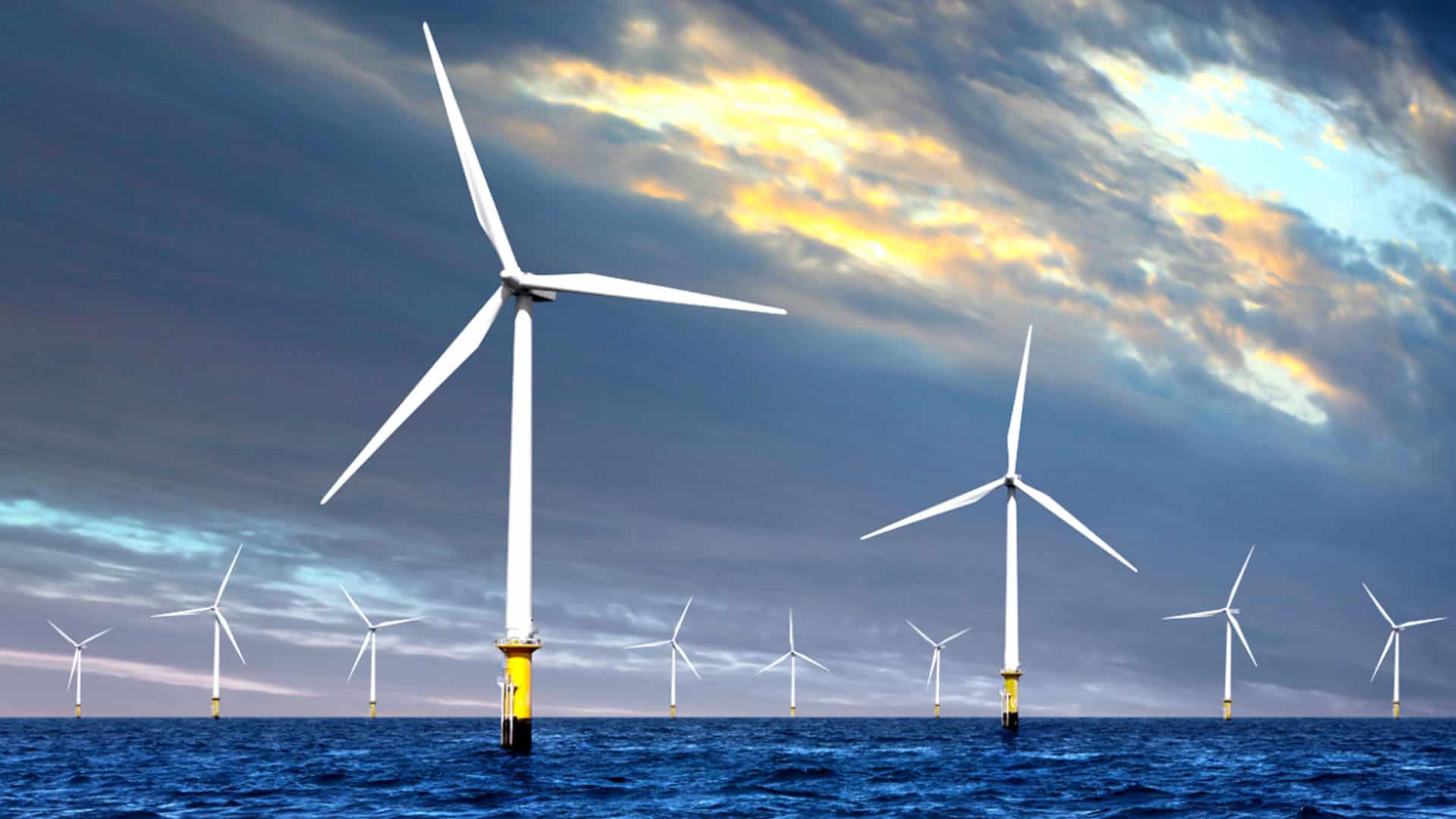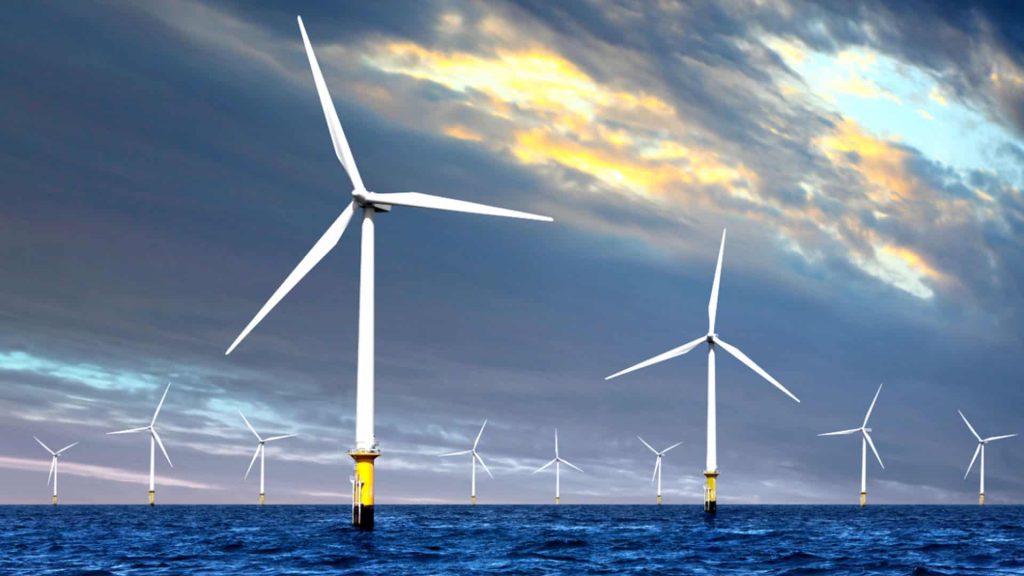New aerodynamic model revolutionizes wind turbine design and operation

Researchers at MIT have unveiled a groundbreaking aerodynamic theory for rotors that promises to transform the design and operation of wind turbines and wind farms. Published in the journal Nature Communications via an open-access paper by MIT postdoc Jaime Liew, doctoral student Kirby Heck and Michael Howland, the Esther and Harold E. Edgerton assistant professor of civil and environmental engineering, this new model offers a more accurate way to determine the forces, flow velocities, and power of a rotor, whether it is extracting energy from the wind or applying energy as a propeller.
The traditional momentum theory, developed in the late 19th century, has long been used to predict the performance of rotors. However, it has significant limitations, especially at higher rotation speeds and different blade angles. In 2019, Stanford University conducted studies showing that turbine wakes can result in a 40% loss of efficiency in downstream generators. The new model, developed at MIT, addresses these shortcomings and provides a more precise calculation of the Betz limit, showing that it is possible to extract slightly more power than previously thought.
One of the most exciting aspects of this new model is its immediate applicability. Wind farm operators constantly adjust turbine parameters, such as orientation, rotation speed, and blade angle, to maximize power output while maintaining safety. The new model offers a simple, speedy way to optimize these factors in real time, potentially improving the efficiency and output of wind farms.
The model also has significant implications for rotor design. It provides insights that can lead to better designs capable of operating efficiently even when misaligned with the airflow. These designs are particularly important for wind farms, where turbines are frequently adjusting to changes in wind direction.
Accurate wake modeling is crucial for both the design and operation of wind farms. The new model improves our understanding of wake effects, which can sap energy from neighboring turbines. By reducing these wake disturbances, the overall power output of a wind farm can be significantly increased.
These new methods have been implemented in the open-source wind turbine simulation tool OpenFAST, where engineers can plug this unified momentum model into the software to improve existing methods to optimize wind turbine designs even further and get the most out of our clean energy sources. Bentley features third-party interoperability features for OpenFAST in both SACS and MOSES.
To learn more about Bentley’s Wind Turbine applications, click here.


